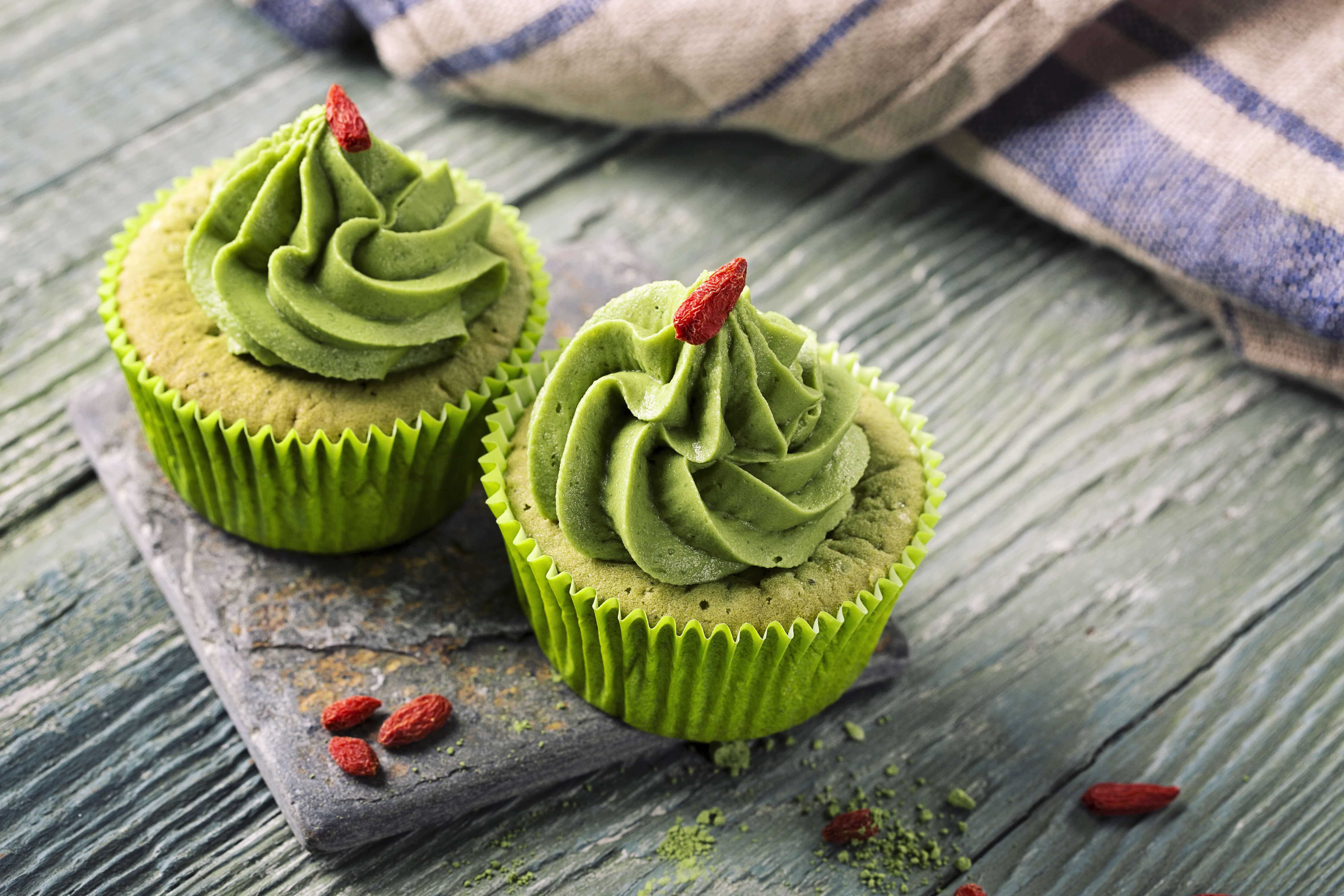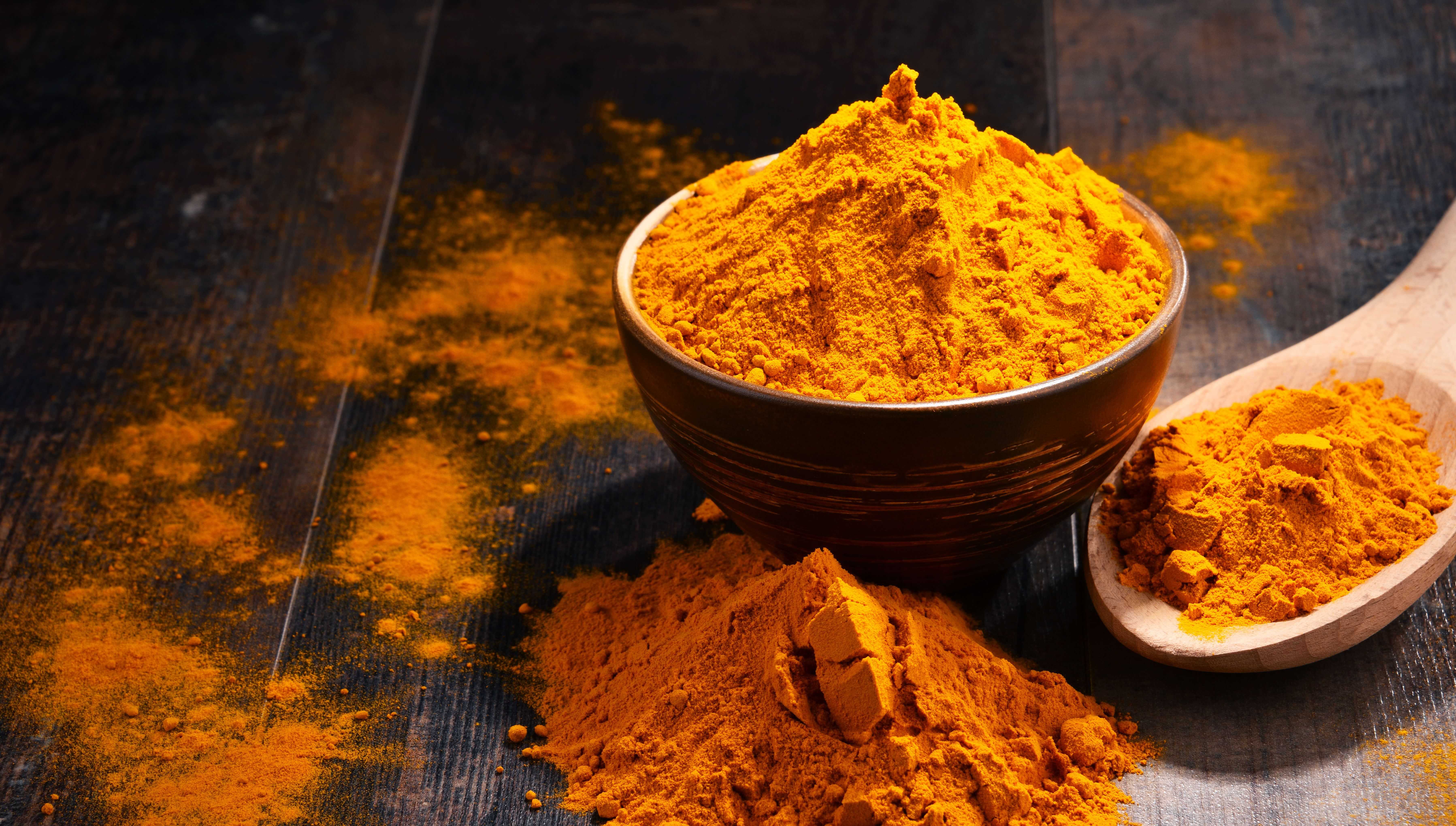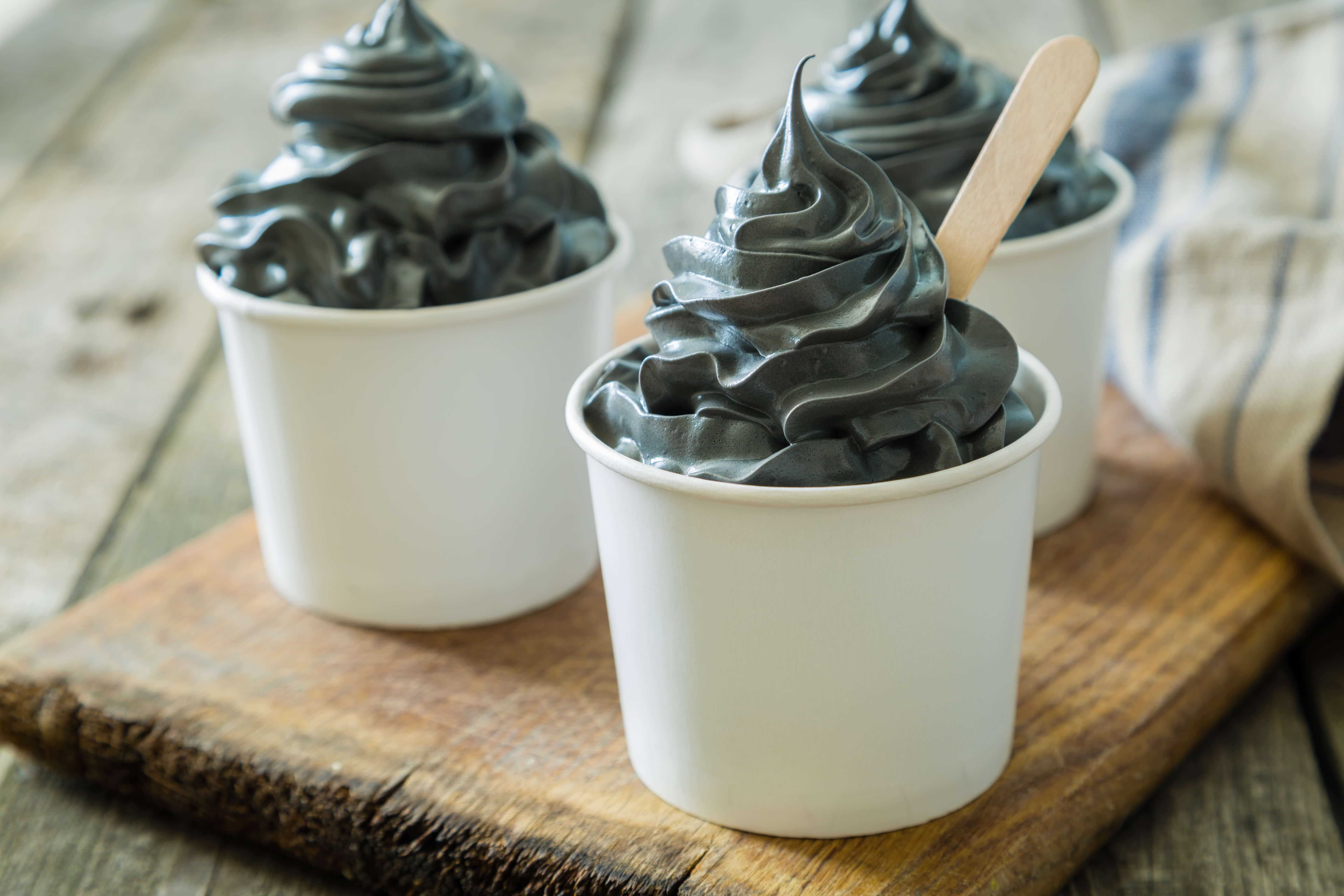We all know that Millennials have high expectations for food products; a product needs to offer some sort of experience, take them on an adventure, taste amazing, AND look enviable on their Instagram. Not only that, but they want their food to function for them – and they want to know how. Food isn’t just fuel for Millennials; it’s an opportunity to receive desired health benefits. For that reason, we’ve seen a huge increase in demand for “functional ingredients” – food ingredients that offer some sort of health and wellness value.
 Perhaps one of the trendiest functional ingredients these days is activated charcoal, which is being sought after for its potential detoxifying properties. If you’ve seen black ice cream, lemonade, lattes, or pizza crust on restaurant menus or social media, you’ve witnessed this trend in action. It’s made from burnt coconut shells or bamboo and gives food products a striking black or dark gray appearance. While it changes the color of the food product and claims to help flush toxins out of the body, it doesn’t add much, if anything, by way of flavor. There’s also been a lot of controversy as to whether or not activated charcoal in food items is actually detoxifying. Nonetheless, it has become one of the most sought over functional ingredient in the past year or so.
Perhaps one of the trendiest functional ingredients these days is activated charcoal, which is being sought after for its potential detoxifying properties. If you’ve seen black ice cream, lemonade, lattes, or pizza crust on restaurant menus or social media, you’ve witnessed this trend in action. It’s made from burnt coconut shells or bamboo and gives food products a striking black or dark gray appearance. While it changes the color of the food product and claims to help flush toxins out of the body, it doesn’t add much, if anything, by way of flavor. There’s also been a lot of controversy as to whether or not activated charcoal in food items is actually detoxifying. Nonetheless, it has become one of the most sought over functional ingredient in the past year or so.
 Another popular functional ingredient? Matcha. Like activated charcoal, matcha is believed to have detoxifying properties, and is also perceived to have a slew of other health properties, as it is high in antioxidants. In addition to its potential health properties, match is also in-line with Asian flavor trends and beverage inspired flavors. We’ve been seeing an influx of requests for seasonings featuring this bold, sweet flavor as functional ingredients have grown trendier. Matcha adds a bright green pop of color to products like popcorn, baked goods, and cocktails.
Another popular functional ingredient? Matcha. Like activated charcoal, matcha is believed to have detoxifying properties, and is also perceived to have a slew of other health properties, as it is high in antioxidants. In addition to its potential health properties, match is also in-line with Asian flavor trends and beverage inspired flavors. We’ve been seeing an influx of requests for seasonings featuring this bold, sweet flavor as functional ingredients have grown trendier. Matcha adds a bright green pop of color to products like popcorn, baked goods, and cocktails.
 Turmeric, too, adds a pop of color to food products like snacks, baked goods and sauces, giving them a yellow appearance. This spice has witnessed major growth over the past year and half, and it is frequently touted for its potential health benefits, including anti-inflammatory properties. Many products featuring turmeric claim that it supports digestive health. Turmeric has long been a key ingredient in many Asian curries, giving them their bright yellow hue. Therefore, given the rise in popularity of ethnic cuisines and curries, it isn’t surprising that consumers have become more familiar turmeric. Outside of curries though, turmeric is now being added to beverages, like coffee and tea, crackers, baked goods, and snacks, as a “functional ingredient.”
Turmeric, too, adds a pop of color to food products like snacks, baked goods and sauces, giving them a yellow appearance. This spice has witnessed major growth over the past year and half, and it is frequently touted for its potential health benefits, including anti-inflammatory properties. Many products featuring turmeric claim that it supports digestive health. Turmeric has long been a key ingredient in many Asian curries, giving them their bright yellow hue. Therefore, given the rise in popularity of ethnic cuisines and curries, it isn’t surprising that consumers have become more familiar turmeric. Outside of curries though, turmeric is now being added to beverages, like coffee and tea, crackers, baked goods, and snacks, as a “functional ingredient.”
In addition to these popular functional ingredients, botanicals, mushrooms, and “superfoods” are all being sought after for their potential health benefits. Consumers are seeking out these specific ingredients to try to address specific health problems. And, given that many of these items are trendy for other reasons – like their Instagram-worthiness or ethnic origins – this trend won’t be going away anytime soon.
Our marketing and regulatory teams can help you make sense of health and wellness trends and what makes sense for your products. Contact us today.
For more information about our market research, click or tap here.


